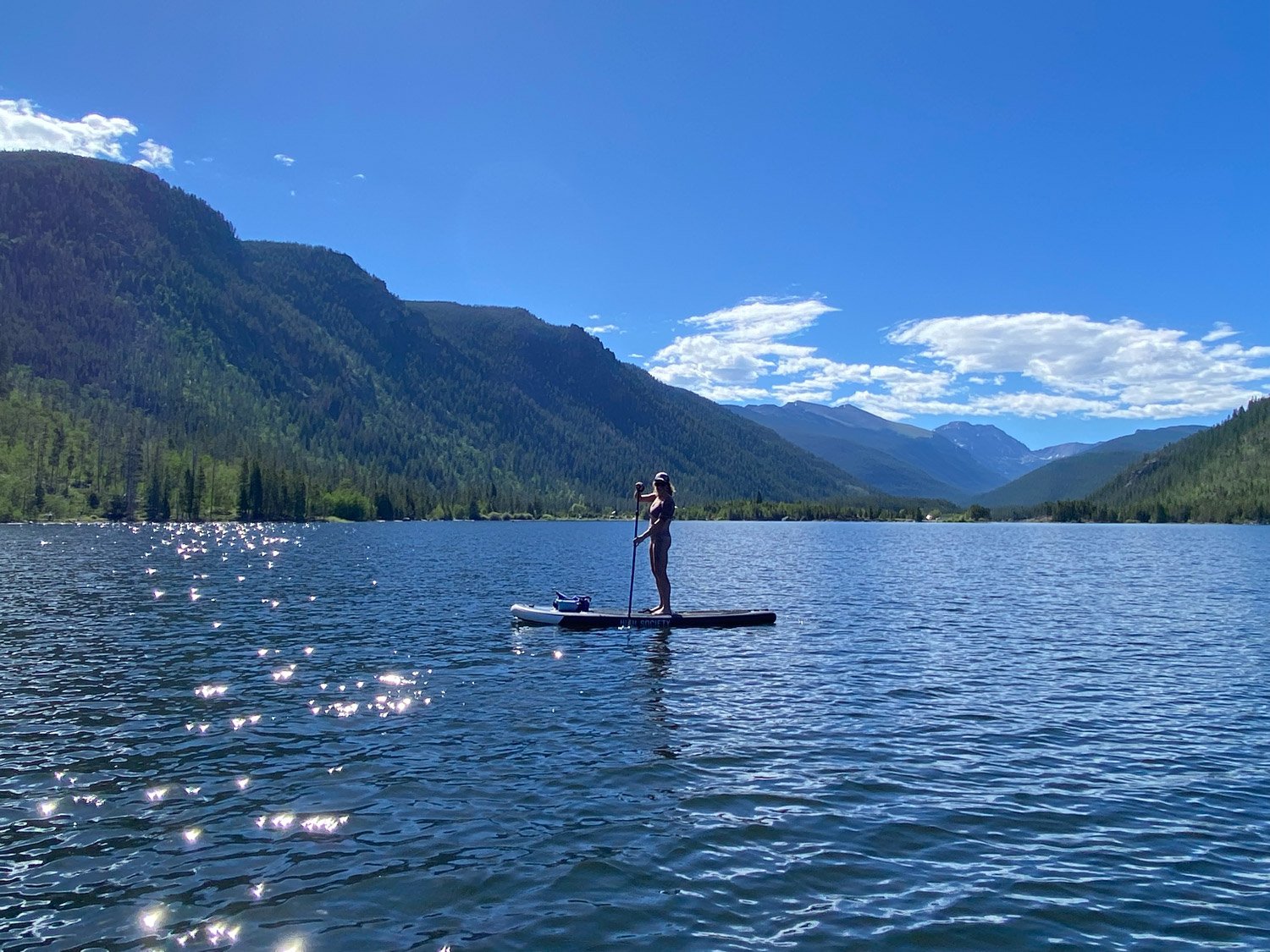Are You Getting Enough Vitamin D?
Most of us know that vitamin D is the “sunshine” vitamin. Our bodies make vitamin D when our skin is exposed the sun. But did you know that vitamin D is actually a hormone? Vitamin D has so many functions in the body, all of which are possible because vitamin D signals DNA transcription (what hormones do). Vitamin D helps regulate cell function & growth, assists in the mineralization of bones, regulates immune function, helps to regulate blood pressure AND blood sugar, along with many other functions in the body!
Vitamin D deficiency is now a global health issue, effecting more than one billion people worldwide. While vitamin D deficiency has been associated with many acute and chronic diseases (including autoimmune conditions, CVD, diabetes, cancer, and neurological disorders), the consequences are vast and we are still learning about all the ways a deficiency in vitamin D can affect our health. We also know that vitamin D deficiency accelerates aging & age-related diseases.
You might be thinking, “Hey, I get some sunshine every day, I’m all good!”But in order for our bodies to be able to synthesize vitamin D from sun exposure, not only do we need to have a good portion of our skin exposed without sunscreen, but we also need to be consuming enough cholesterol, AND have healthy kidney and liver function. And for those of us at or above the 40° latitude line (or below it in southern hemisphere), for much of the year there is not enough sun to be able to make vitamin D on our own. And while many vitamins and minerals can be found in foods, vitamin D is found in very minimal amounts and only in animal foods (best sources include wild-caught seafood, egg yolks, liver, fatty meats, grass-fed/raw dairy). With all of that, its easy to understand why vitamin D deficiency is a global pandemic.
One of the ways I ensure I’m getting enough vitamin D through sun exposure in the warmer months is with an app I found recently called dminder. You input your location and how much of your skin is exposed, etc and it automatically figures out how long you need to be in the sun to get enough vitamin D! The app also helps calculate solar noon, and what time of day is best for shortest exposure and maximum D synthesis! Pretty cool! And even though Colorado boasts 300+ days of sunshine a year, I am usually supplementing vitamin D from October through March, as it is almost impossible to get enough from sun alone those months. Although I’m curious to what the dminder app will say as we get into fall.
Another issue that can arise with vitamin D is toxicity. I know, I know….I just said that vitamin D deficiency is a global pandemic, now I’m saying toxicity can be an issue too? The truth is, vitamins A, D and K are all synergistic and work together to maintain health. Supplementing vitamin D by itself, or consuming a lot of processed foods fortified with synthetic vitamin D, while not consuming enough vitamin A or K can cause vitamin D toxicity. Vitamin D toxicity occurs most likely alongside a vitamin K2 deficiency. If you are eating a mostly whole foods diet, full of vegetables and high-quality animal foods, toxicity is unlikely. Foods rich in vitamin K include dark leafy greens (kale, mustard, collards, chard, etc), cruciferous veggies like broccoli & brussel sprouts, grass-fed liver & other animal foods.
When looking for a vitamin D supplement for the darker months, look for one that includes vitamin K2. Here are a couple high-quality options from Fullscript that you can get at a discount from my dispensary!



